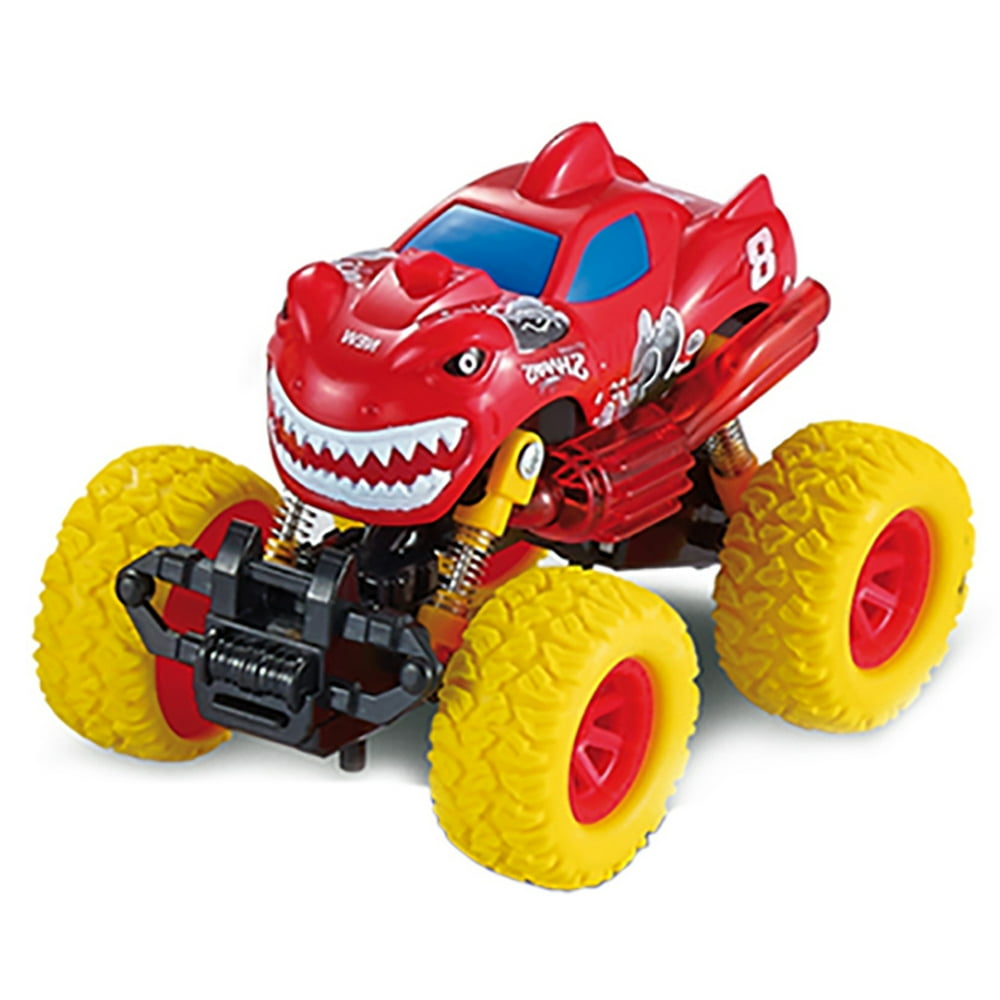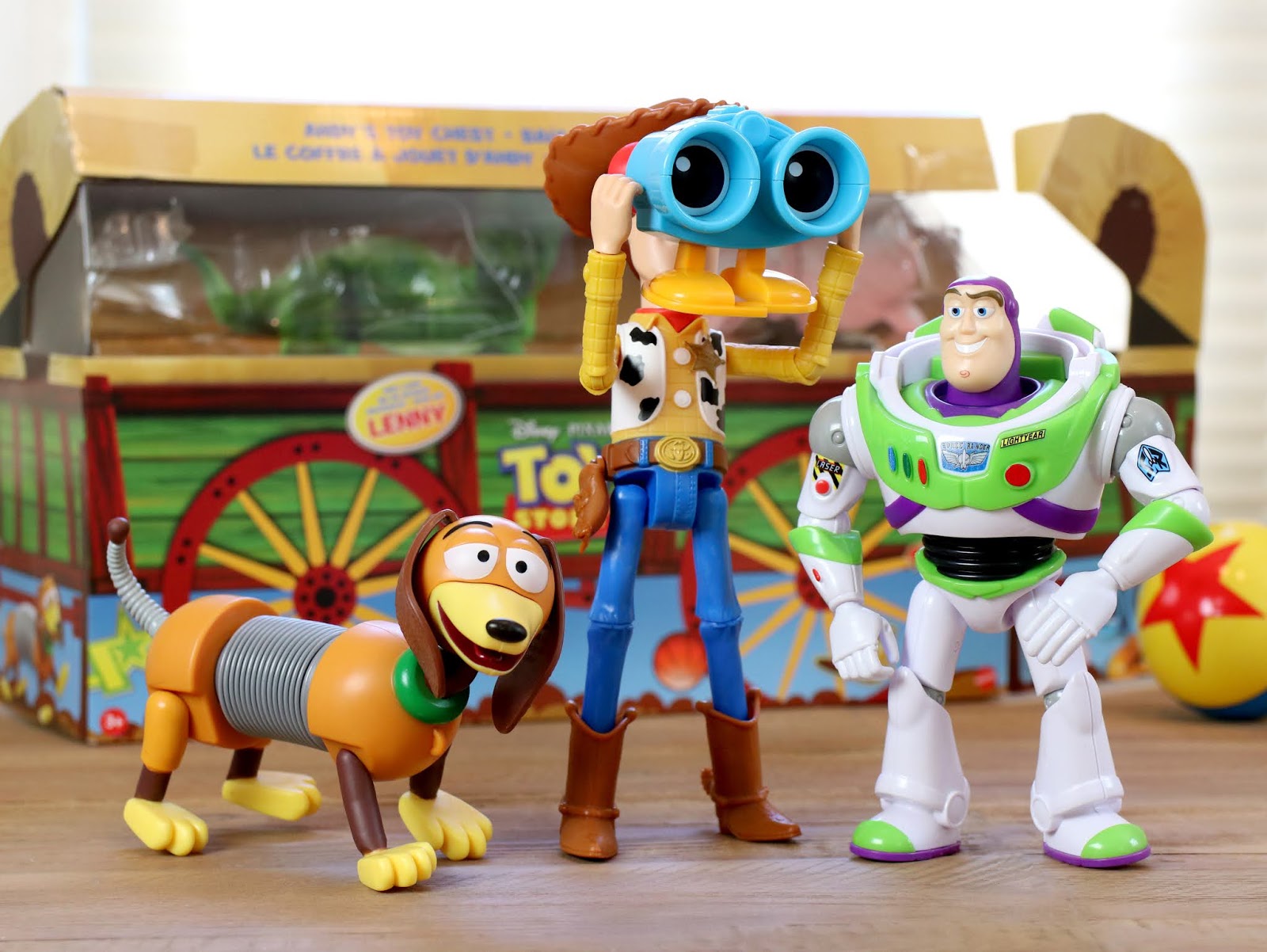Exploring The Evolution Of The Toy Doll Brand Since 2001
Think about the joy a favorite doll brings, that spark of imagination, or the quiet comfort of a familiar playmate. It's truly something special, isn't it? For many of us, dolls have always been a big part of growing up, shaping stories and helping little ones learn about the world around them. When we look at the toy doll brand since 2001, we're really talking about a period of significant change and exciting new directions in how these cherished playthings are made and enjoyed.
The early 2000s, you know, they really kicked off a new era for toys. Shoppers began looking for more than just something fun; they wanted items that could offer something extra, like helping with learning or being made in a way that felt right. This shift meant that companies creating toy dolls had to think differently, adding new features and focusing on values that families cared about, which is a pretty big deal, honestly.
So, we're going to take a closer look at how the world of toy dolls has shifted and grown over these past two decades, specifically since 2001. We'll explore the fresh ideas that came about, the new kinds of dolls that captured hearts, and how the places where we find these toys have also changed. It's a story of innovation, and in some respects, a real reflection of what parents and kids started to value more and more in their playtime.
Table of Contents
- The Shifting Sands of Play: Dolls After 2001
- What Makes a Doll Brand Last? Values for Today's Families
- Finding Your Next Favorite Doll: Where to Shop
- The Future of Doll Play: Innovation and Connection
- Frequently Asked Questions About Doll Brands Since 2001
The Shifting Sands of Play: Dolls After 2001
When you consider the toy doll brand since 2001, it’s clear that the landscape of children’s play began to change quite a bit. There was, in a way, a fresh wave of thinking about what dolls could be. It wasn't just about simple figures anymore; it was about creating experiences, giving children more ways to interact with their toys, and making those toys feel like a part of a bigger world. This period saw a lot of creativity come to the forefront, which is pretty cool.
Parents and gift-givers, they started looking for dolls that offered something more than just a pretty face. They wanted dolls that could talk, that could sing, or that represented diverse stories and backgrounds. This push for greater engagement and variety really helped shape what doll brands focused on creating. It’s almost like the dolls themselves grew up a little, offering deeper play possibilities.
New Faces and Familiar Friends
During this time, you know, some classic doll lines continued to thrive, adapting to new trends and technologies. Think about how Barbie, for instance, has kept reinventing herself, offering new careers and looks. But also, a whole host of new characters and doll types started appearing on shelves, giving kids more choices than ever before. This variety, it really allowed children to find dolls that truly spoke to their own interests and personalities.
There were, for example, dolls that came with elaborate backstories, encouraging kids to create their own narratives. We saw the rise of fashion dolls with incredibly detailed outfits and accessories, making dress-up play even more imaginative. Then, there were dolls that focused on specific themes, like those from popular movies or TV shows, which brought beloved characters right into the playroom. It’s quite amazing how many different kinds of dolls became available, offering something for nearly every child.
Some dolls, like the Rachel official speak & sing doll, are 16 inches tall and interactive, coming with four songs and over 16 phrases. These kinds of dolls, they really show how much technology began to blend with traditional play, offering a more dynamic experience for toddlers and older kids alike. It’s a bit like having a little friend who can actually respond, which is very engaging for young minds.
Beyond Just Play: Collectibles and Storytelling
It's interesting, isn't it, how dolls moved beyond being just playthings to becoming items that people would collect? For many, a toy doll brand since 2001 might mean a line of dolls that offers limited editions or unique characters that appeal to older fans as well as kids. This collecting aspect, it adds another layer of excitement, making the hunt for certain dolls a real adventure.
These collectible dolls often have incredibly detailed designs, sometimes with special outfits or accessories that make them stand out. They can represent characters from stories, or they might be part of a larger series that encourages you to gather them all. This focus on collecting, it really shows how dolls can appeal to a wide range of ages, from little ones who love imaginative play to adults who appreciate the artistry and nostalgia.
Moreover, dolls became even more central to storytelling. With the rise of online content and animated series, doll brands often launched alongside a whole universe of characters and adventures. This meant that when you picked up a doll, you were also getting a piece of a bigger narrative, which could inspire hours of creative play. It's like having a tangible link to a favorite story, which is pretty powerful for kids.
What Makes a Doll Brand Last? Values for Today's Families
When we talk about a successful toy doll brand since 2001, it's not just about how the dolls look or what they do. It's also, very much, about the values that the brand represents. Families nowadays, they're often looking for more than just entertainment; they want to know that the products they bring into their homes are made responsibly and that they contribute positively to their children's development. This shift in consumer priorities has really shaped the industry.
There's a growing awareness, you know, about what goes into making toys. Parents are asking more questions about where things come from and how they're produced. This means that for a doll brand to truly connect with today's families, it needs to show a commitment to certain principles, which is actually a really good thing for everyone involved.
Safety and Sustainability: A Growing Priority
One of the biggest changes, arguably, has been the increased focus on safety and environmental responsibility. We're seeing more and more toys, including dolls, that are "made with chemicals safer for human health and the environment." This commitment to using better materials is something that really gives parents peace of mind, knowing that the toys their children play with are not just fun but also safe.
Beyond materials, there's also a rising interest in how toys are manufactured. Many families now prefer products that are "manufactured on farms or in facilities that protect the rights and/or health of workers." This shows a broader concern for ethical practices, extending beyond the product itself to the entire process of its creation. It's about wanting to support companies that do good, which is a powerful motivator for many shoppers.
And then there's the environmental footprint. People are becoming more aware of "carbon emissions from the lifecycle of" products. A toy doll brand since 2001 that pays attention to its environmental impact, perhaps by using recycled materials or reducing waste, tends to resonate more with environmentally conscious families. It’s a way of showing that the brand cares about the planet, which is something many parents want to teach their children.
Engaging Minds: Learning Through Dolls
It’s pretty clear that dolls are not just for pretend play anymore; they're also seen as tools for learning. Many doll brands, especially since 2001, have focused on creating toys that "encourage learning, imagination, and physical activity." This means dolls might come with accessories that promote fine motor skills, or they might be part of a set that teaches about shapes and colors, like some toddler educational toys.
For example, some dolls are designed to help with cognitive development, sparking curiosity and problem-solving skills. Others might inspire creative storytelling, which is so important for language development and emotional expression. It's really about giving children opportunities to grow and discover while they're having fun, which is a pretty clever way to combine play and education.
You can find these kinds of dolls, like those that help with "fine motor skills, shapes & colors," at places that specialize in "learning and educational toys." This focus on developmental benefits means that parents can feel good about their purchases, knowing that the dolls are not just entertaining but also contributing to their child's overall growth. It's a win-win situation, really, for both kids and parents.
Finding Your Next Favorite Doll: Where to Shop
The way we shop for toys, including dolls, has changed a lot since 2001, hasn't it? Back then, physical stores were the main place to go, but now, with the rise of online shopping, there are so many more options. A toy doll brand since 2001 has had to adapt to these new retail realities, making sure their products are available wherever customers prefer to shop, which is a pretty big shift for businesses.
Whether you like to browse the aisles or click through online catalogs, finding the perfect doll is easier than ever. Retailers have worked hard to make the shopping experience convenient and enjoyable, offering different ways to get your hands on those coveted toys. It’s all about meeting customers where they are, which means a lot of flexibility.
Big Retailers and Curated Selections
Big stores like Target and Toys"R"Us remain key places to "find toys for kids of all ages." They offer "a wide selection of games, dolls, action figures, and more," making it easy to see many options in one place. Target, for instance, often has "new arrivals in games, dolls, action figures," keeping their offerings fresh and exciting for shoppers.
These larger stores also provide really convenient ways to get your purchases. You can "choose from same day delivery, drive up or order pickup," which is incredibly helpful for busy families. It means you can get that special doll quickly, without having to spend a lot of time wandering around. This convenience, honestly, makes a huge difference for many parents.
Then there are places like Barnes & Noble, which might surprise you with their toy selection. You can "find your children’s favorite toy brands like Star Wars, Barbie, and Calico Critters at the Barnes & Noble toy store." This shows how different kinds of retailers have expanded their toy offerings, sometimes with a "curated selection" that feels a bit more special. It's a nice way to discover something unique, really.
Even electronics stores like Best Buy have gotten into the toy game, including "remote control toys, action figures, robots and robotic kits, and kids' learning electronics." While they might not be known for dolls primarily, their presence in the toy market shows just how broad the appeal of playthings has become. It's pretty interesting to see toys pop up in unexpected places.
And let's not forget the local shops, like the one in "Multnomah Village located on Capitol Highway in Portland, Oregon," which has "been on the same street for 30 years offering kids and adults a curated selection of the best toys." These smaller, independent stores often have a truly special feel, with staff who can offer personal recommendations and help you find something truly unique. They're a real treasure, in a way, for finding those hard-to-find gems.
The Online Hunt for Unique Finds
Online shopping has truly opened up the world of dolls. Our online store, for example, "specializes in hard to find and popular kids, baby toys, figurines and collectibles." This means you can often track down those specific dolls that might not be available in your local big box store. It’s a bit like having access to a massive toy chest from your own home, which is very convenient.
Websites also make it simple to "shop by age, price, category and brands" to help you "find great toy gifts for birthdays, holidays, and celebrations." This filtering capability, honestly, takes a lot of the guesswork out of finding the perfect doll, allowing you to narrow down your choices quickly. It’s pretty efficient, especially when you’re looking for something specific.
For those on a budget, places like Five Below offer "an extensive collection of toys and games," where you can "find the perfect options for kids, teens, and adults." This shows that quality and fun don't always have to come with a high price tag, which is really good news for families. It means more kids can experience the joy of a new doll, which is what it's all about, basically.
The Future of Doll Play: Innovation and Connection
Looking ahead, the toy doll brand since 2001 will likely continue to push boundaries, blending technology with traditional play in even more interesting ways. We might see dolls that offer even deeper levels of interaction, perhaps connecting with apps or educational programs to provide a truly integrated play experience. The possibilities, honestly, seem pretty endless.
There will probably be an even stronger emphasis on personalization, allowing children to create dolls that truly reflect their own unique styles and stories. And, very importantly, the focus on ethical production and environmental care will only grow, with brands striving to be even more transparent about their practices. It’s about creating toys that not only bring happiness but also align with the values of a changing world, which is a wonderful thing.
The spirit of play, that's something that never really goes away, is that right? And dolls, they've always been a big part of that, helping children learn, imagine, and connect. As we move forward, it's exciting to think about all the new ways a toy doll brand since 2001 will continue to evolve, bringing wow and wonder to children for many years to come. You can learn more about toy trends on our site, and for specific product details, you can link to this page here.
Frequently Asked Questions About Doll Brands Since 2001
Here are some common questions people ask about the world of dolls since the early 2000s.
What were popular doll brands in the early 2000s?
In the early 2000s, you know, classic brands like Barbie continued to be very popular, often releasing new lines and themes. We also saw the rise of fashion dolls with distinct styles and backstories, which really captured the imagination of many kids. Interactive dolls, like the Rachel official speak & sing doll mentioned earlier, also started to gain traction, offering new ways to play, which was pretty exciting for children.
How has doll manufacturing changed since 2001?
Doll manufacturing, it's actually changed quite a bit since 2001. There's been a growing push for "made with chemicals safer for human health and the environment," meaning companies are looking for better materials. Also, there's more attention paid to ensuring dolls are "manufactured on farms or in facilities that protect the rights and/or health of workers." This shift towards more ethical and sustainable practices is a really positive development, honestly.
Where can I find dolls that are safe and educational?
You can find dolls that are both safe and educational at many places today. Big retailers like Target and Toys"R"Us often highlight toys that "encourage learning, imagination, and physical activity." Many online stores and specialized "preschool store" sections focus on "learning and educational toys." When shopping, look for descriptions that mention "safer chemicals" and features that promote skills like "fine motor skills, shapes & colors," which is a good indicator of their educational value.
- Who Is Kelly Kay Wiki Age Biodata
- Michael Andretti S Biography Fact
- James Conner American Football Biography

Trucks Car Kids Toys Toddler Vehicle Cool Toy For Boys Birthday Gift

Dan the Pixar Fan: Toy Story: Andy's Toy Chest Gift Set—7" Scale Action

My Toy Story Collection : toystory